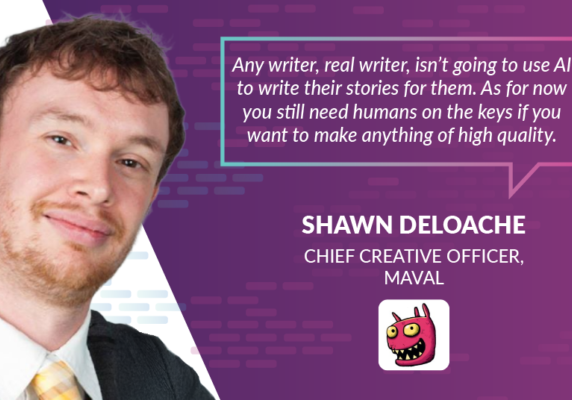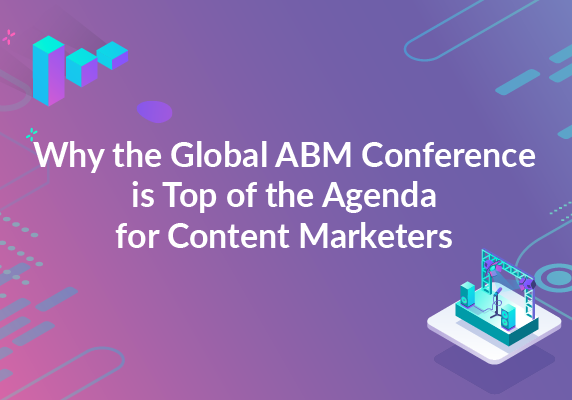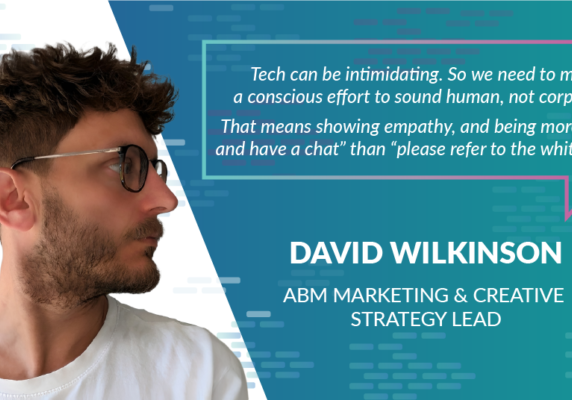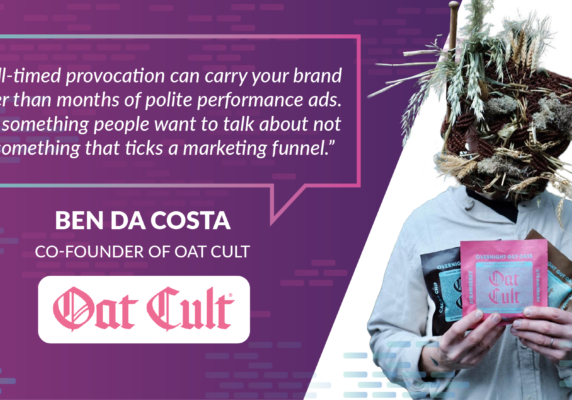B2B MARKETING EXPERT INTERVIEWS: Hannah Patel
We are excited to be joined today by Hannah Patel, Director of Red Lorry Yellow Lorry, thank you for agreeing to speak with us.
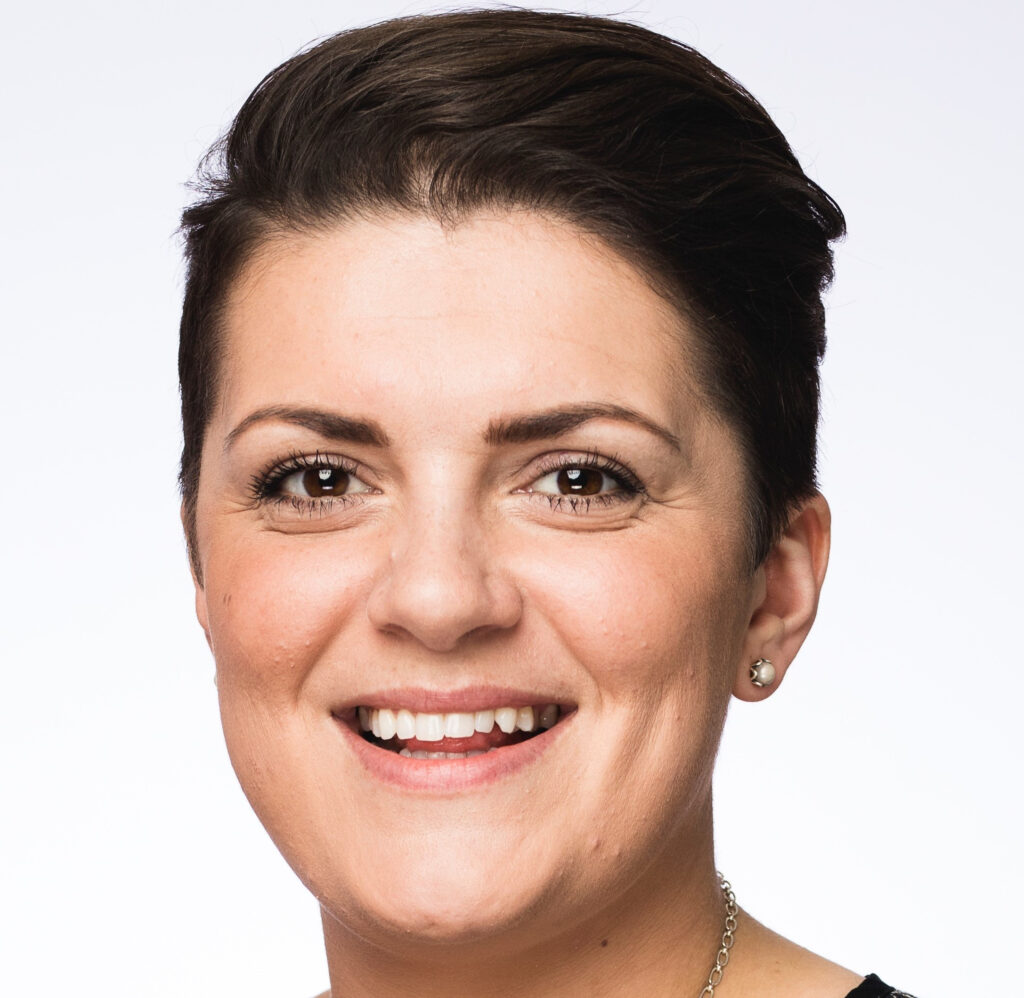
What advice would you offer brands who wish to expand their marketing into new territories?
Honestly, when it comes to breaking into new markets, I think the best advice is that you need to do your research around what your competitors are doing. This will help you understand what capabilities you will need in order to effectively service that market.
So for example, do you need local language capability or can you use somebody from a central office who is a native speaker? To what extent can you get away with delivering a communications strategy in English? What customers do you currently have in the region or what does your pipeline of business looks like in region? This last question is particularly important, as we would always recommend that clients try to build a pipeline of business in countries before charging off and doing a PR launch.
“…when it comes to breaking into new markets…you need to do your research…”
When a brand decides to take the leap, following the advice you just mentioned – do you need a local spokesperson and local customers straightaway?
That varies depending on the region and countries. In some markets you absolutely need a local spokesperson and in others you can do it using a regional head or someone in your HQ office.
Ultimately, we spend a lot of our time with clients looking at how they can expand and scale their campaigns into other global markets – and because of the way we’re structured, it is in our interest to make sure everything has been thought through before they invest in a PR & Comm campaign in a particular region.
“People don’t think enough about cultural differences.”
When brands look to enter new uncharted territory and establish themselves there may be many barriers already present, cultural, language etc. Which, in your experience, are the most neglected?
People don’t think enough about cultural differences. They tend to only think about language and the general assumption is that if people in your regional office all speak English that it will be really easy. That simply isn’t the case.
Wider cultural differences have a huge impact on the day-to-day, regardless [of] whether you can get away with marketing a campaign in English in a different region. Brands should spend time talking to people locally and really making an effort to understand differences in each market – such as the preferred ways of communicating – and consider how they might impact their activities. It’s the one thing that often gets overlooked.
Following on from the previous question, are there any huge don’t-dos that you regularly see brands committing in their marketing activities?
One common mistake is taking too much of a regionalised approach, such as focusing on ‘Europe’ or ‘ Latin America’. This happens way too often and is frustrating to see. The dynamics within regions are so varied – this ties back to what I was saying before about the importance of having a plan of which country you want to focus on – and there are absolute differences between countries in Asia Pacific, Latin America, Africa etc. which shouldn’t be ignored.
I think there is also this tendency to assume that because English is widely spoken, or because people often look to the US to take the lead on certain topics, then it means that a one-size-fits-all approach is OK, which is simply not the case.
The other thing that people get wrong is that they assume that PR & Communications is an effective way to build a sales pipeline in every market – and that isn’t true either. It works for some markets, but doesn’t for others.
“…there is this tendency to think that because English is widely spoken…that a one-size-fits-all approach is OK…”
“There’s no big secret behind building an agency network. It just takes time and effort.”
The successful promotion of LogMeIn saw you make use of your agency network, Convoy. How can an agency which doesn’t have one of these, get one? How could they do so without paying through the roof?
Agencies don’t pay to be part of our network. That’s a vital differentiator. We select our partners because they are the best at what they do, not because they are willing to pay us a fee to join our agency group.
There’s no big secret behind building an agency network. It just takes time and effort. Any agency that doesn’t have a network can build one – [they] just have to go out and speak to people. We don’t have exclusivity on our network, because we don’t believe that is the right way to do it and that approach has worked well for us so far.
You also need to think carefully about how you’re going to run campaigns using partners – quality measurement, process management and service values are things we have worked on for years and are always refining. This is why we’re able to run a multi-market hub model to effectively.
What are your most preferred go-to marketing/PR tools/tech? Are you currently experimenting with (or keeping an eye on) any emerging ones?
We have a range of tools that we use, things like Brandwatch (social listening), Hootsuite (social publishing), Buzzsumo (content analysis), Releasd (reporting) and we also use Meltwater and TrendKite (media monitoring) . There is a multitude of tools that we have at our disposal. The biggest challenge is that there is nothing out there at the moment that does everything effectively for B2B marketing and comms campaigns.
Whoever invents a tool that can effectively measure key metrics such as share of voice, message penetration etc. – particularly in B2B tech – will be sitting on a beach in Barbados for the rest of their life!
Because an effective tool for everything doesn’t exist, we do around 40-50% of our measurement analysis manually. Part of the reason for this is that the publications and outlets we’re dealing with are sometimes very, very niche, which makes it an even bigger challenge to make sure that everything is reported accurately.
“…[PR] agencies that don’t [analyse data]…will not be here in 3-5 years’ time.”
“…It’s all very well having access to…data but if you haven’t the time to analyse or the skills…it’s effectively useless”
Do you think that as tools like these become more sophisticated and are able to reveal more data, that we will end up snowed-under by all of this information?
It’s certainly a big challenge. This is something I talk about a lot with our Head of Digital, Errol Jayawardene – he’s very focused on measurement and metrics, but on top of tools we have to be able to build capacity into the team to actually analyse that data. It’s all very well having access to lots of data and insight – but if you haven’t the time to analyse it or you haven’t the skills to do so within the team, then it’s effectively useless.
So that’s a challenge that a lot of agencies are currently facing. It’s also definitely not something we can ignore and roll our eyes at because ultimately, the agencies that aren’t prepared to meet this data demand will not be here in 3-5 years’ time.
Do you find there to be a lot of resistance from clients to try new approaches in their marketing and communications?
It all depends on a multitude of factors, from their previous experiences and their financial position, to how big they are and what’s going on internally.
Within the context of PR and communications it completely depends on their previous experiences with agencies. If they have worked with an agency before and didn’t receive a solid return on investment or had a negative experience, then they are more likely to be very risk-averse.
So, I think we could do ourselves a favour as an industry by doing a better job of measuring, reporting and giving clients access to data so that they can see the value in what they’re paying for. We should also be more value-driven as opposed to just ticking boxes and hitting numbers, which will in turn have a wider impact on clients’ perception of risk and how willing they are to try something new. It’s also about building trust.
“…the only thing to keep in your mind is do everything you do with energy and a degree of focus – it will show.”
Lastly, from everything that you have observed and with all of the knowledge you have accumulated—what advice would you give a younger you just starting a career in PR?
That makes me feel really old! That’s the first time I have been asked to look at a younger version of myself and it’s a really good question.
I see a lot of grads now who have a PR degree or a Communications degree or masters – but when I think back to when I was their age, I’m honestly amazed that at 18/19 they can make the decision to work in PR & Communications.
I didn’t have a clue at that age! Luckily for us, the graduates we’ve worked with have been great – we have a partnership with Bournemouth University and a PR degree program and that’s been a fantastic resource for us.
I suppose the advice I would give is the reassurance that you don’t need a degree in PR or a MA in Communications to end up working within the industry.
The second thing is something that I also say to my team – just do everything with energy and focus – it will show.
After all, that’s all we can really ask for. You don’t even need a degree, as long as someone is bright and keen to learn at every level and shows an interest in our industry, they’ll be fine. For example, we recently hired somebody who’s got an interest in computer science and technology and English (because he did an English degree), but he has no PR experience – and he’s absolutely brilliant!
I would just like to take this opportunity to say a big thanks again to Hannah Patel, Director of Red Lorry Yellow Lorry – for taking the time to do this interview, it has been a pleasure and I think it has given our readers a great deal of insight into the challenges and rewards of effective marketing, PR and Communications.
If you think you have what it takes to be interviewed by us – and you have some marketing industry expertise you would like to share, please contact us at the link below.
Ready to find out more?
LET US INTERVIEW YOU


